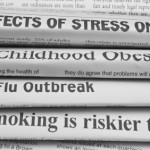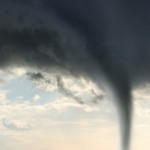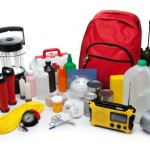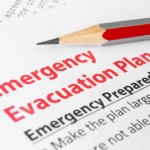Shortly after I wrote my post on the dangers of H5N1 HPAI, my weekly copy of JAMA, AKA the Journal of the American Medical Association, arrived containing a commentary titled "International Debate Erupts over Research on Potentially Dangerous Flu Strains." The pros and cons of release of the two groups' research were discussed and the rationale for publishing the methods and details was explained.
One expert in the field had a balanced view. He felt release of the details of the recent research on H5N1 HPAI might be extremely useful to those who evaluate which strains of influenza are about to pose a real threat to humans and could potentially cause epidemics. Doing so might provide lead time for other scientists who work on vaccines to prevent wider spread of the particular strain of flu.
But in a January, 2012 online discussion of the controversy the head of a university Center for Biosecurity felt the lives of hundreds of millions of people could be at risk if such an engineered virus strain were to be released, even accidentally. He feels that continued research would require the level of biosecurity utilized with other dire agents such as smallpox.
The first infectious disease specialist countered with the concept that H5N1 HPAI wasn't an especially likely pick for those interested in bioterroism. It's certainly not a selective weapon and its use would require considerable expertise.
The second expert noted there had been no data that such a strain of flu would ever develop naturally, outside the lab, and we had to return to the concept of weighing potential harm versus good.
Now the original researchers have stated that the new viral subtype isn't as deadly as feared; it hasn't killed the ferrets being used as laboratory substitutes for humans and has proven to be controllable with vaccines and antiviral medications. Because of ethical limitations it hasn't been tried on human subjects and they don't know whether it even could be spread among humans.
I think we're treading very close to the edge here. I don't look forward to widespread beneficial effects of complete publication of the ongoing lab research results. And I do fear the possibility of groups who don't care if they kill off a third of everyone, including their own followers. Accidental release of a lab-engineered organism into the human population could also happen, even if unlikely.
Another online article said the work on the mutant form of H5N1 had been performed in BS-3 labs, used for studying agents that can cause serious or lethal disease, but do not ordinarily spread among humans and have existing preventives or treatments.
A GAO 2009 report counted 400 accidents at BS-3 labs in the previous decade. Scientists argued that the H5N1 HPAI studies must be moved to BS-4 labs with one professor stating, "An escape would still produce the worst pandemic in history." Yet between 1978 and 1999, over 1,200 people acquired deadly microbes from BS-4 laboratories, the biosafety-4 level facilities that normally deal with infectious agents that have no known preventive measures or treatment.
Scandia National Laboratory's International Biological Threat Reduction program directed by Ren Salerno has a worldwide ongoing effort to prevent laboratory accidents, but there are varying standards for biosafety and at least 18 BS-4 labs outside of the US as of 2011.
So I'm still worried.






